Ballet training: how much is enough?
A thinkpiece by Mark Annear, Head of Training & Access at The Royal Ballet School
For as long as I have been involved in auditioning students for vocational training I have been asked: ‘how much should my child be doing before an audition?’
My answer is usually ‘no more than they are doing now’, but I often get the feeling that some parents may not trust this feedback. It also begs the question of how much they are doing now. “Now” might already be too much. Doing everything possible to ensure your child’s success is very natural. I admire the time and effort that parents spend supporting their children, but we seem to live in a world where more is deemed to be better. This is not always the case.
Children of today lead busy lives
The pressure for academic success often means that children are inundated with additional work after school. They can also spend a significant amount of their free time participating in numerous activities, or focusing and specialising on one. In recreational dance training, children take ballet or other dance lessons as part of their extra-curricular activities. This ranges from the child who attends one short dance lesson per week, to those who spend numerous hours in classes, rehearsing for and participating in many festivals, exams, competitions and performances. The joy gained from a performance, or the elation from good exam or competition results can have a positive effect on a student.
However, a narrow focus on, and the significant amount of practice time required for these events, can leave very little downtime, affecting a child’s emotional health as well as their technical development and physical wellbeing.
You may think that to be a successful dancer, you need to focus as much time as possible on pre-vocational training. There can be a false belief that the more hours children train, the better they will become; however, more training time does not necessarily equate to successful results. In our experience long and arduous training periods can lead to overtraining and burnout.
Burnout, overtraining and early specialisation
Research has shown that burnout can be the outcome of overtraining in sports or dance. Burnout is the negative impact on dancers or athletes from insufficient recovery time after intense periods of work, affecting both health and performance. For students, including vulnerable pre-adolescents, and established dancers, it results in physical symptoms such as loss of appetite and greater susceptibility to injuries, affects cognitive and mental functions including poor concentration and loss of motivation, as well as decreased technical ability. Why put our children at risk of these things?
Overtraining often stems from a narrow focus on dance skills, with learning focused on what is required for examinations, competitions or performances. This limits the depth and breadth of learning, leaving the child unable to dance successfully in unfamiliar situations – for example in an audition.
Alternatives: quality rather than quantity
Investing in the quality of the student experience rather than the number of hours studied will lead to greater success. This means approaching dance from a holistic point of view.
Instead of limiting practice towards an exam or competition, students should have time for experimentation, discovering how their bodies work and how this relates to their dancing. They need time to reflect on their learning and be allowed to develop their natural motor skills before focusing on specific dance techniques. They need exposure to different forms of dance, music and other creative arts, creative opportunities and to understand dance as an artistic practice: an outlet for expression.
Ballet technique is only a small part of the skills and qualities that we assess in a Junior Associate audition. The audition mainly focuses on natural movement and physical capabilities, coordination, musicality and expression. For a variety of reasons, children are less physically active than previous generations, with less exposure to movement and creative expression. In the past, dance and creative activities were an important part of the school curriculum, today lesser value is placed on the arts and many schools no longer offer opportunities for children to study dance.
Having more time for physical play helps to develop natural motor skills and coordination. Today’s students may not have the opportunity to develop these skills outside the dance studio, so it relies on the dance teacher, particularly of young students, to ensure that they have the time to develop these skills within class and not just focus on technique and results.
It is understandable that success is often measured by exam results and first place trophies, these are tangible achievements. However, this can lead to the notion that more time needs to be devoted to training specifically towards those goals. Unfortunately, without careful guidance, this can lead to overtraining and its inherent problems. Product is valued more than the process of learning and the student experience.
At The Royal Ballet School we take the issues of overtraining and burnout very seriously and our in-house healthcare team has been working closely with the artistic team on a preventative approach. To reduce overload we are challenging the traditional structure of and incorporating periodisation (periods of low and high impact) into ballet classes, and respecting physical and mental recovery times. This has led to a significant reduction in injuries and more effective learning. We are also asking students to evaluate their school experience in order to help them to achieve their individual best. A balanced artistic curriculum ensures our dancers develop the skills needed to succeed in the work place. Able to adapt to a broad range of styles, they develop not only into aspiring artists but as curious, individual, intelligent human-beings.
So when do you know a child is doing enough? Some good indications are that they are happy, healthy and enjoying their dance lessons. Also that they are making steady progress in their dancing and want to continue their learning.
When we ask ‘how much is enough?’ we should be thinking in terms of the quality of the student experience and not how much training they do. We should allow for the process of learning to take place rather than focus on the take-home certificates and awards that are increasingly dominating the dance world. We all have the responsibility to allow students to learn in an environment that supports and develops a healthy and long-term participation in our art form, creating intelligent audiences and skilled, healthy dancers of the future.
Applications are now open for auditions for the School’s full-time training and Mid, Senior and Advanced Associate courses. Applications close on 11 November 2019.

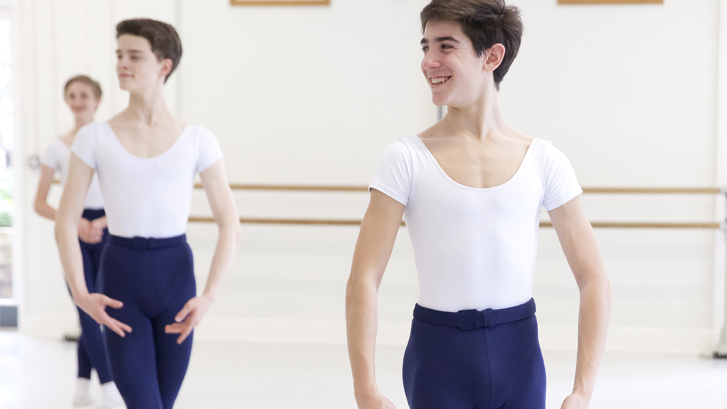
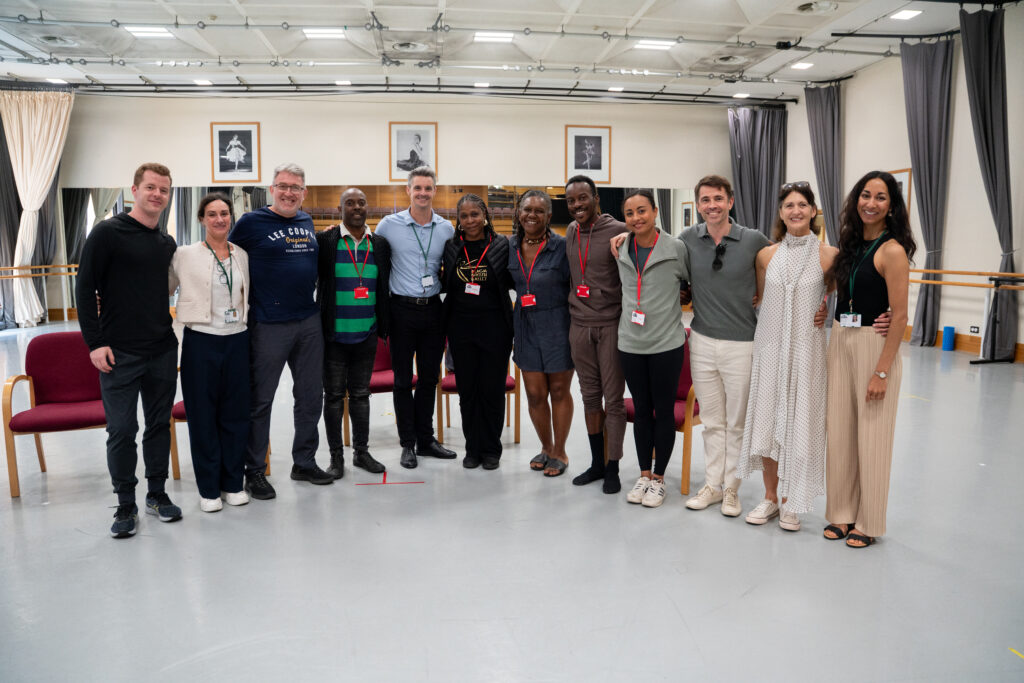
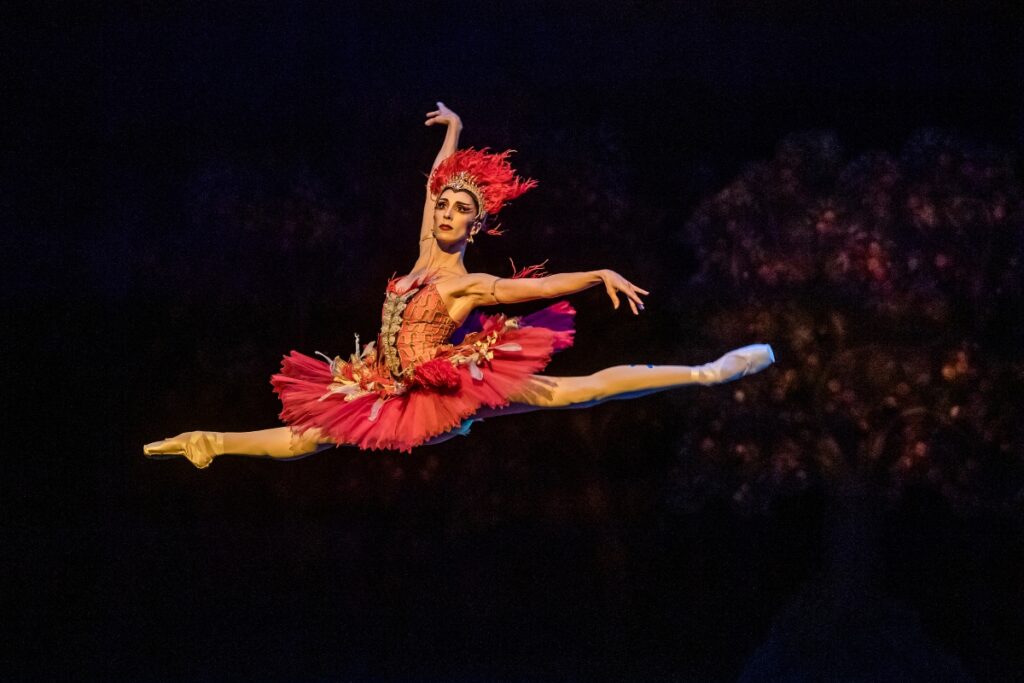
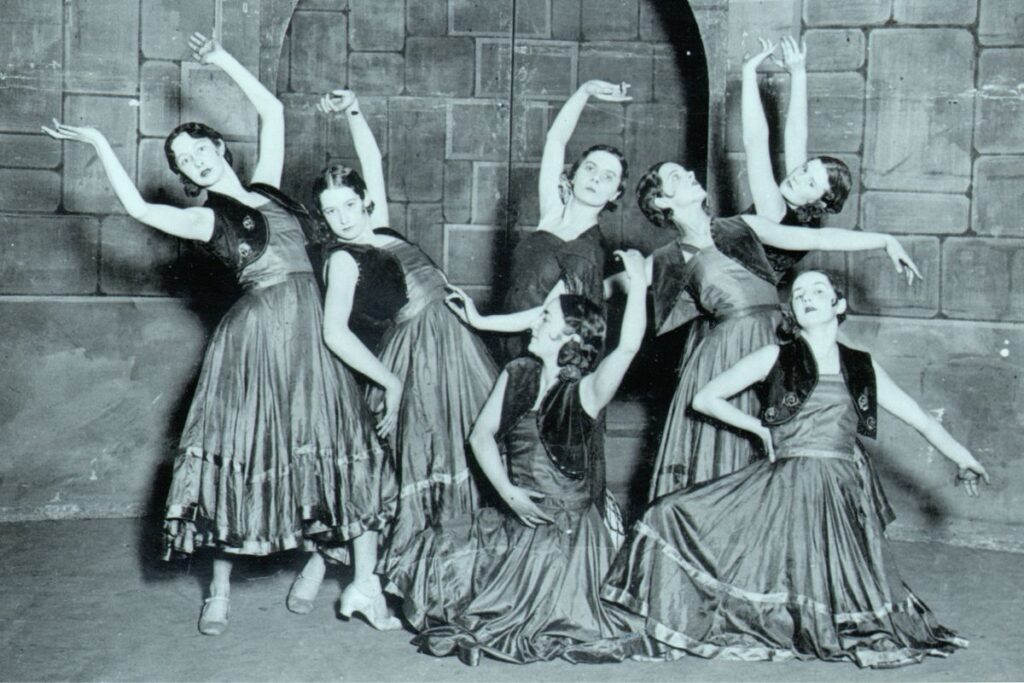
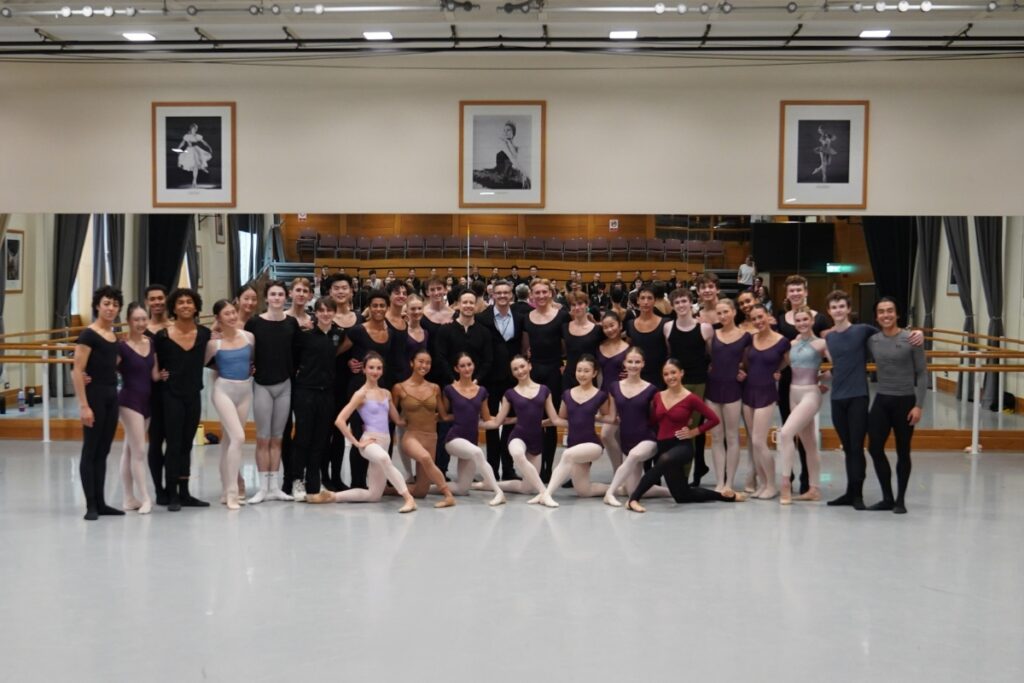
This quote resonates: ‘At The Royal Ballet School we take the issues of overtraining and burnout very seriously and our in-house healthcare team has Been working closely with the artistic team on a preventative approach. To reduce overload we are challenging the traditional structure of and incorporating periodisation (periods of low and high impact) into ballet classes, and respecting physical and mental recovery times. This has led to a significant reduction in injuries and more effective learning. We are also asking students to evaluate their school experience in order to help them to achieve their individual best. A balanced artistic curriculum ensures our dancers develop the skills needed to succeed in the work place.‘
I burned out before age 20 with the hopes, dreams, and talent to go on to have a successful career in classical ballet. Having trained at The Royal Ballet School I would do it all again in a heartbeat, yet I can’t help wondering if this holistic approach to training may have prevented the long-term impact – from over-exertion without mindfulness – on my subsequent physical and mental wellbeing. How wonderful to know that current and future students and professionals will benefit from this during their training, careers, and retirement .